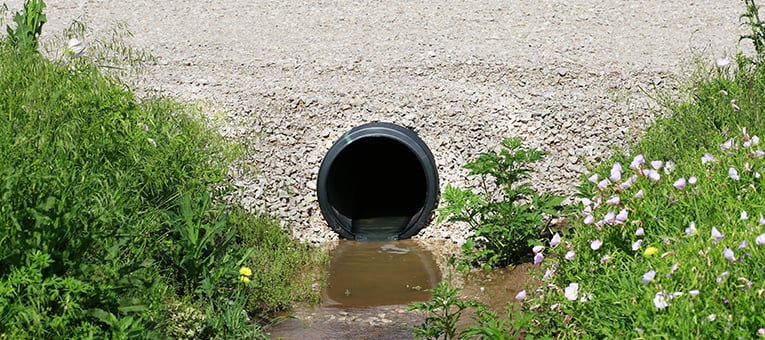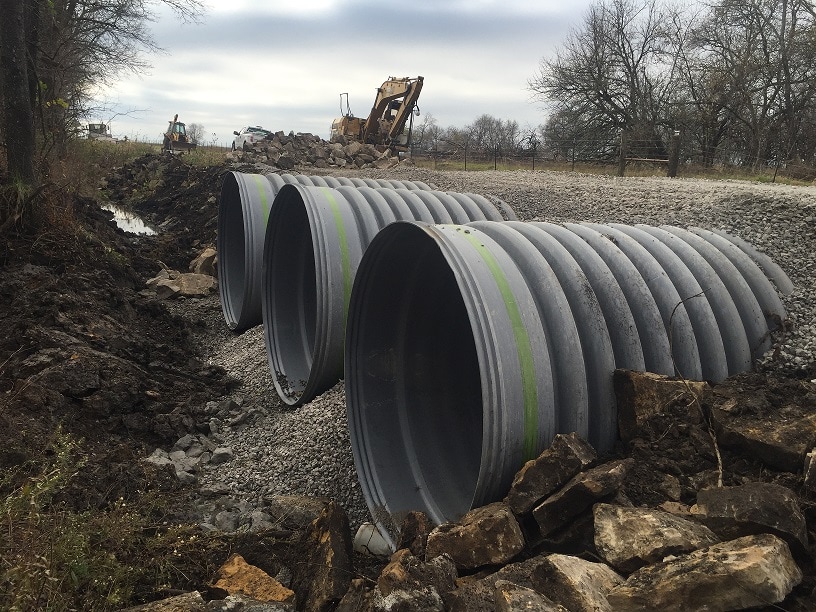Precision Pad Construction for Steady Structures
Precision Pad Construction for Steady Structures
Blog Article
Culvert Installment Facilitated: Step-by-Step Overview for Success
From choosing the suitable culvert dimension to integrating appropriate drainage steps, each step in the installment process plays a vital function in the functionality and durability of the culvert system. Stay tuned to reveal the necessary actions and factors to consider that can make culvert setup a seamless and successful endeavor.
Picking the Right Culvert Size
Choosing the proper culvert dimension is critical for ensuring reliable water flow and architectural stability in culvert setup tasks - Pad Construction. The size of the culvert directly affects the flow capability of water with the structure. A culvert that is also small can result in flooding and overflow, while one that is too large may lead to reduced water rate, potentially triggering debris build-up and clogs
To determine the ideal culvert size, aspects such as the watershed area, optimal flow prices, and hydraulic efficiency demand to be meticulously thought about. Estimations based on these criteria assist in picking a dimension that can effectively deal with the predicted water volume while reducing the danger of obstructions and structural failing.
It is vital to consult engineering guidelines and criteria to ensure that the chosen culvert dimension fulfills the project requirements and neighborhood regulations (Pad Construction). By picking the best culvert size, task supervisors can enhance water flow, prevent possible issues, and enhance the overall efficiency and long life of the culvert installation
Preparing the Installation Site
Efficient culvert installation necessitates meticulous preparation of the installation site to make sure optimum architectural assistance and performance. Before starting the installment procedure, it is critical to get rid of the website of any debris, greenery, or obstructions that might impede the culvert's placement.
Furthermore, it is necessary to think about factors such as dirt composition, groundwater degrees, and environmental effects when preparing the installment website. Carrying out a complete site assessment can assist determine any prospective obstacles or threats that might impact the culvert's efficiency. By making the effort to prepare the setup site appropriately, you can help ensure an effective culvert installment that satisfies structural demands and ensures lasting capability.
Putting the Culvert Properly

The quality at which the culvert is positioned is critical for maintaining a proper slope for water flow. A progressive slope aids prevent merging and advertises effective drainage. In addition, the culvert must be oriented correctly to ensure that the inlet and electrical outlet are in the appropriate locations. This alignment is important for the culvert her comment is here to work efficiently in taking care of water circulation.
Backfilling and Condensing the Soil
Proper backfilling and compaction of the dirt around the culvert is necessary to ensure stability and prevent prospective concerns in the future. As soon as the culvert is correctly positioned, the following vital action is to backfill the area around it with suitable material. The backfill product need to be devoid of rocks, particles, and raw material to avoid damage to the culvert. It is suggested to use granular product such as sand or crushed rock for backfilling, as it gives great drain and compaction buildings.
After putting the backfill material, it is essential to small it in layers of uniform thickness. Making use visite site of a compactor or a mechanical meddle, compact the soil gently to stay clear of damaging the culvert. Compaction helps in minimizing the chances of negotiation and makes certain consistent assistance around the culvert. It is vital to portable the dirt evenly on all sides of the culvert to maintain its architectural stability.
Proper backfilling and compaction not just offer stability to the culvert however likewise assist in preventing dirt disintegration and keeping the longevity of the culvert system.
Making Sure Correct Drainage Integration
Integrating reliable drain solutions plays a vital function in the overall capability and long life of culvert installments. Correct drain integration is important for taking care of water flow, preventing erosion, and making sure the architectural stability of the culvert system. To attain this, it is vital to design an extensive water drainage strategy that thinks about aspects such as the volume of water anticipated, the topography of the area, and the type of soil present.

In addition, integrating attributes like disintegration control measures, such as riprap or greenery, can further enhance the performance of the drain system. By meticulously planning and implementing these water drainage solutions, culvert installments can function successfully and stand up to the test of time.
Final Thought
To conclude, appropriate culvert installment is essential for maintaining reliable water drainage systems. By choosing the right culvert dimension, preparing the installment site, putting the culvert correctly, backfilling and condensing the soil, and making sure appropriate drain assimilation, success can be accomplished. Complying with these actions will help make sure the long life and effectiveness of the culvert, ultimately adding to the general success of the drain system.
Report this page